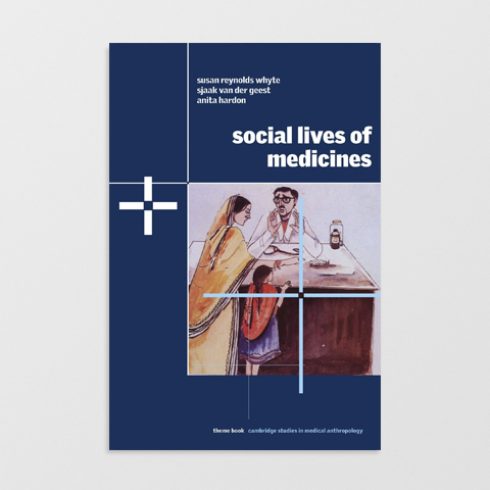The Social Lives of Medicines
Susan Whyte,Sjaak Van der Geest, Anita Hardon
Cambridge University Press 2003

Medicines are typically thought of as chemical structures with biological effects on the ill. But medicines are also material things with cultural and symbolic meaning. In this ground breaking work, the authors propose that we think about ‘the social lives of medicines’. Consider, for example, the social life of a commercialised pharmaceutical: These are highly sought after commodities that circulate the globe, entering pharmacies, drug shops, people’s homes and their bodies.
From labs in London, to drug trials in India, to markets around the world, medicines are exemplars of globalisation. They swiftly move into local societies, transforming both health systems and lives. At the same time, medicines are intimate and personal things. As the authors write, medicines are “swallowed, inserted into bodies, rubbed on by anxious mothers, used to express care and intimately empower the uncertain individual” (3). Simply put, medicines are “social and cultural phenomena” with more than just biological effects on an individual body. By looking at medicines as if they lead social lives, we get a new way to understand how their value is cultural, economic, political, and personal.
View Publication > Share
Share






Commentary
The latest commentary on the use of antimicrobials in society.
Welcome to the AMIS Hub!
The story of ‘How do we get patients to stop demanding antibiotics?' to where we are now.
Submissions to the AMIS Hub
Are you a social scientist who is working in antimicrobial resistance (AMR)?
Sustainable aquaculture in Bangladesh
Rather than asking how antibiotics enable livelihoods in situations of increasing precarity, our research asks whether it is possible to...